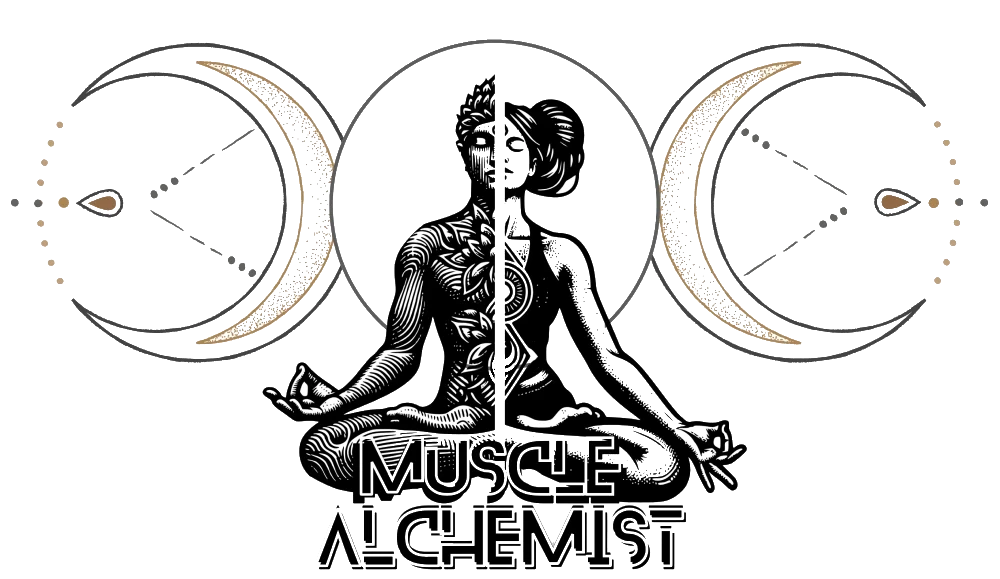HIIT A training method alternating between intense bursts of activity and fixed periods of less-intense activity or rest.
When it comes to cardio, the fitness world is divided into two camps—High-Intensity Interval Training (HIIT) and steady-state cardio. Both have dedicated followers and proven results, but which one is truly better? The answer depends on your personal goals, lifestyle, and fitness level. Let’s explore both options to help you make an informed decision.
What is HIIT?
HIIT involves short bursts of intense activity followed by brief periods of rest or low-intensity recovery. A typical HIIT session might include sprinting for 30 seconds, walking for 1 minute, and repeating this cycle for 15-20 minutes.
Benefits of HIIT A training method alternating between intense bursts of activity and fixed periods of less-intense activity or rest.
- Time-Efficient: HIIT sessions are typically shorter but pack a punch. You can get an effective workout in just 20-30 minutes.
- Burns More Calories Post-Workout: Known as the afterburn effect, your body continues to burn calories long after the workout is over.
- Boosts Metabolism: The intense nature of HIIT stimulates your metabolism and helps with fat loss.
The sum of all chemical processes in the body that convert or use energy.
- Improves Cardiovascular Health: Despite being brief, HIIT sessions can significantly boost heart health.
- Maintains Muscle Mass: Unlike long cardio sessions, HIIT tends to preserve lean muscle while burning fat.
What is Steady-State Cardio?
Steady-state cardio refers to aerobic exercise performed at a consistent pace and moderate intensity over a longer duration. Examples include jogging, cycling, swimming, or brisk walking for 30-60 minutes.
Benefits of Steady-State Cardio:
- Improves Endurance: It strengthens your aerobic system and builds stamina.
Endurance is the ability of the body or a specific muscle group to sustain prolonged physical activity without fatigue.
- Easier on Joints: Lower intensity means less impact, making it ideal for beginners or people recovering from injury.
- Promotes Mental Clarity: Long sessions of steady-state cardio can help reduce stress and improve mood.
- Great for Heart Health: Extended aerobic activity is excellent for maintaining a healthy cardiovascular system.
- Simple and Accessible: Requires less strategy or planning. You can walk, jog, or bike anytime, anywhere.
HIIT vs. Steady-State: Side-by-Side Comparison
| Factor | HIIT | Steady-State |
|---|---|---|
| Duration | 15-30 mins | 30-60+ mins |
| Calories Burned | Higher in less time | Moderate, depends on duration |
| Fat Burning | Effective, especially post-workout | Effective during workout |
| Impact on Muscle | Preserves muscle mass | May reduce muscle over time |
| Joint Stress | Higher impact | Lower impact |
| Skill Level | Intermediate to Advanced | Beginner to Advanced |
Which Should You Choose?
The answer lies in your fitness goals:
- For Fat Loss: HIIT is more efficient and burns more calories in less time.
- For Endurance: Steady-state is better for building stamina over time.
Endurance is the ability of the body or a specific muscle group to sustain prolonged physical activity without fatigue.
- For Busy Schedules: HIIT is ideal if you have limited time to work out.
- For Recovery or Beginners: Steady-state is gentler and easier to maintain consistently.
Combining Both for Maximum Results
You don’t have to pick one over the other. Many fitness experts recommend combining both types of cardio into your weekly routine. For example:
- Monday: 30-minute steady-state jog
- Wednesday: 20-minute HIIT cycling session
- Friday: Steady-state swim
- Sunday: HIIT sprints or jump rope intervals
This balanced approach can improve endurance, promote fat loss, and reduce the risk of overuse injuries.
Conclusion
There’s no one-size-fits-all answer in the HIIT vs. steady-state debate. Each method offers unique benefits, and the best choice depends on your specific needs and preferences. For best results, consider integrating both into your routine and adjusting based on your body’s response and your evolving fitness goals.

